Ko Samui has the nickname of ‘coconut island’, a reference to the coconut plantations which at one time were the biggest source of income for the islanders. These days, the main industry on Ko Samui is tourism. But long before the tourists arrived and before the coconut plantations flourished, fishing was the lifeblood of the island. Migrant fishermen from southern China are thought to be amongst the first settlers on Ko Samui. Whilst historians may debate how many centuries ago the first inhabitants arrived on Ko Samui, it’s known that the island was important enough to the Chinese for them to include it on maps they produced in the 17th century.
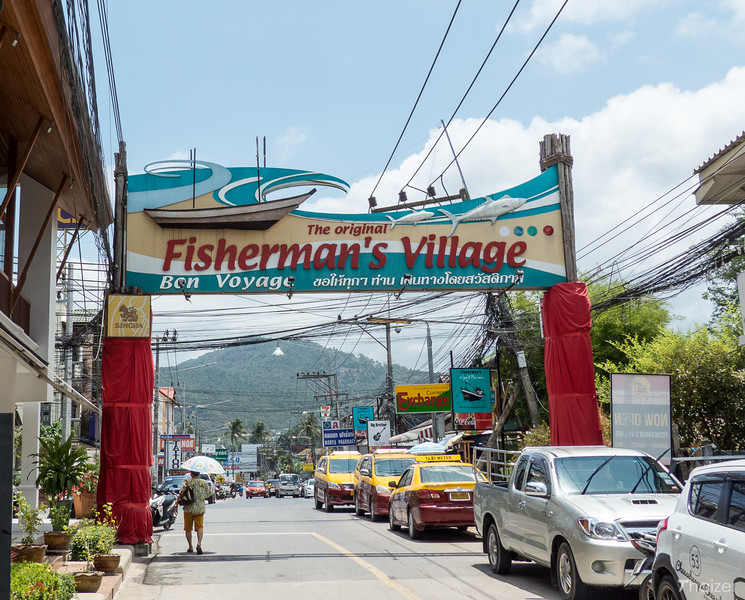
Located on the north coast of Ko Samui, Bophut has long-established links with the fishermen who migrated here from the island of Hainan in southern China. The arrival of the fishermen saw a new community establish themselves in the Bophut area with wooden houses and shops constructed by the families who made their home on the island. Some descendants of those original families still live and work in Bophut and decorative red Chinese lanterns dotted around the Fisherman’s Village serve as a reminder of the heritage of the area.
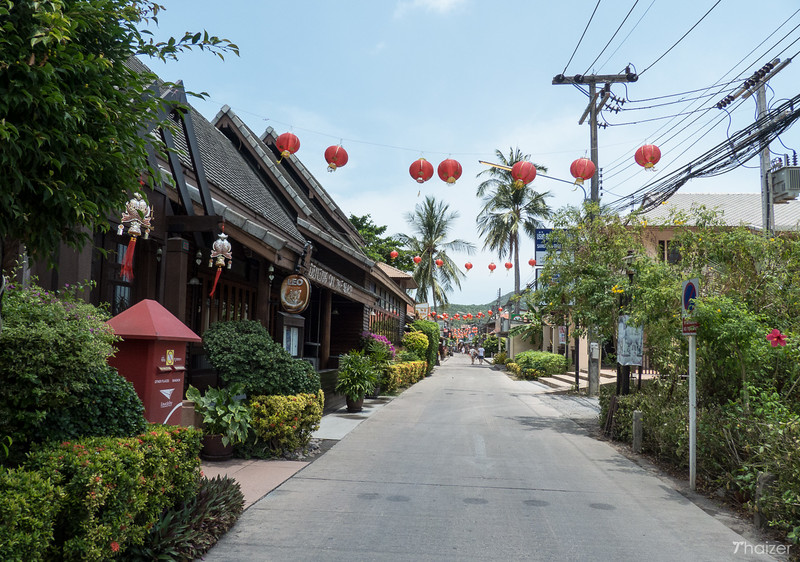
Every Friday there is an evening market held at the Fisherman’s Village in Bophut. It’s a relaxed and family-friendly atmosphere with the road closed to traffic and the popular market attracts Ko Samui residents as well as tourists.
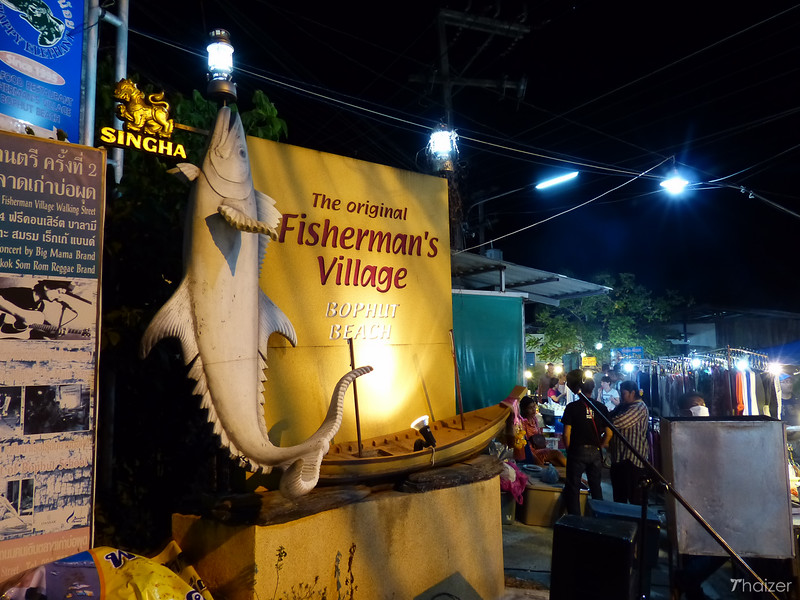
Like any market in Thailand, food is a high priority. You’ll see vendors selling a range of local and international favourites ranging from ‘pla muk yang‘ (grilled squid) to corn-on-the-cob to kebab skewers. When you’ve had enough to eat wash it all down with one of the freshly made fruit shakes or, if you prefer something stronger, try one of the local mojitos.
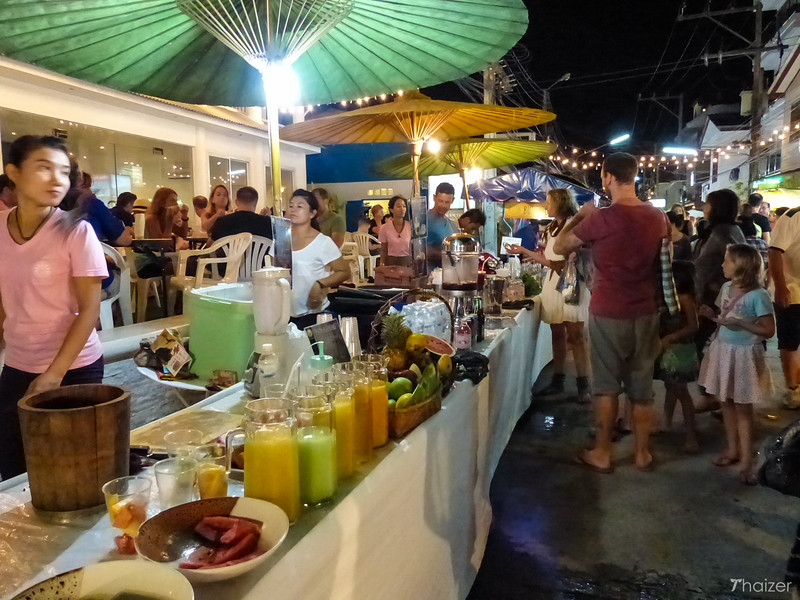
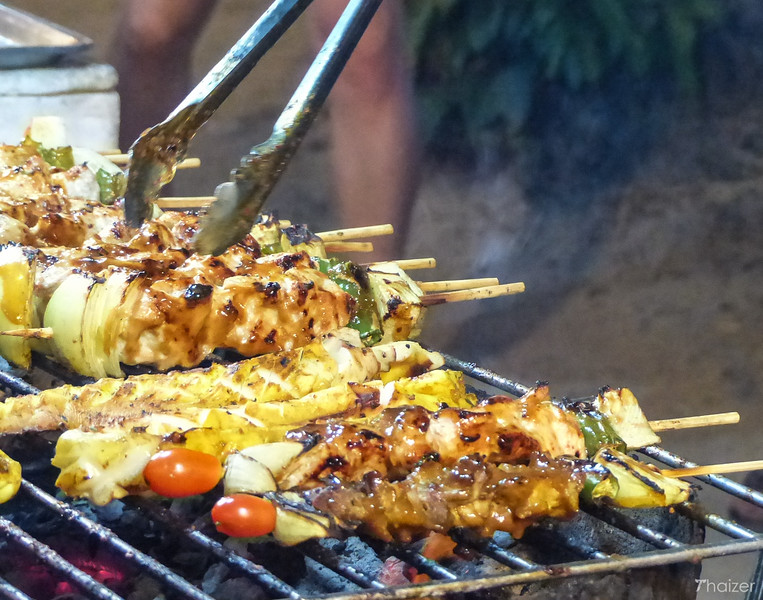
There is the usual array of souvenirs and ‘Same Same’ t-shirts you’d expect to see at many Thai markets, but this is Ko Samui so you’ll see plenty of souvenirs made from coconuts.
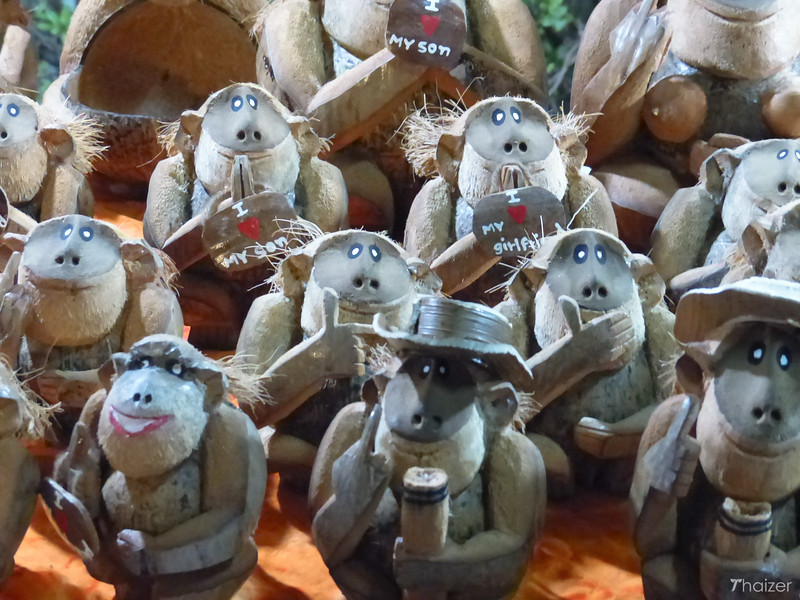
A small stage area is set up in the middle of the market for local dancers and street performers which adds to the atmosphere. The Friday Walking Street Market is a popular event and can get busy, but it’s a pleasant place to wander up and down and there is enough going on to keep people of all ages entertained for the evening.
From the 1970s onwards, Bophut attracted a number of European expats, particularly French, who settled here and bought into cafés and restaurants in the Fisherman’s Village. Some of the eateries are hit and miss in terms of quality. Even by Samui standards, prices can be high and pretty beachfront settings don’t always equate to good quality.
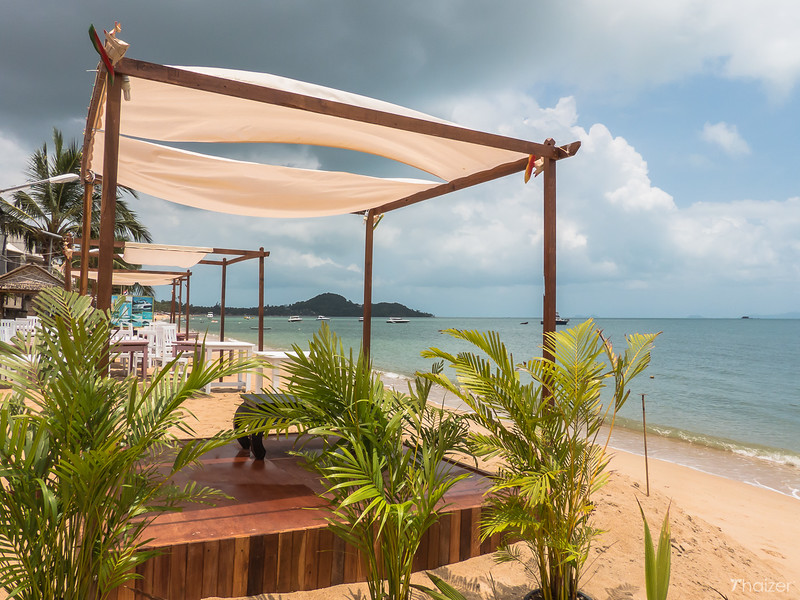
On a recent trip to Bophut and the Fisherman’s Village, I enjoyed excellent food and friendly service at the Happy Elephant restaurant where Thai friends have also been impressed. At the other end of the scale, an evening meal at Starfish & Coffee resulted in a blatant attempt to overcharge from rude management. Your mileage may vary as the saying goes!
There are a cluster of guest houses and boutique hotels close to the Fisherman’s Village with more being built in recent years. Most of the new additions are a short walk away at the western end of Bophut Beach which is also the location for a small shopping mall, Fisherman’s Wharf, which opened in late 2014. The mall is home to a number of boutique retail outlets and also hosts evening entertainment with traditional Thai dancing and live music.
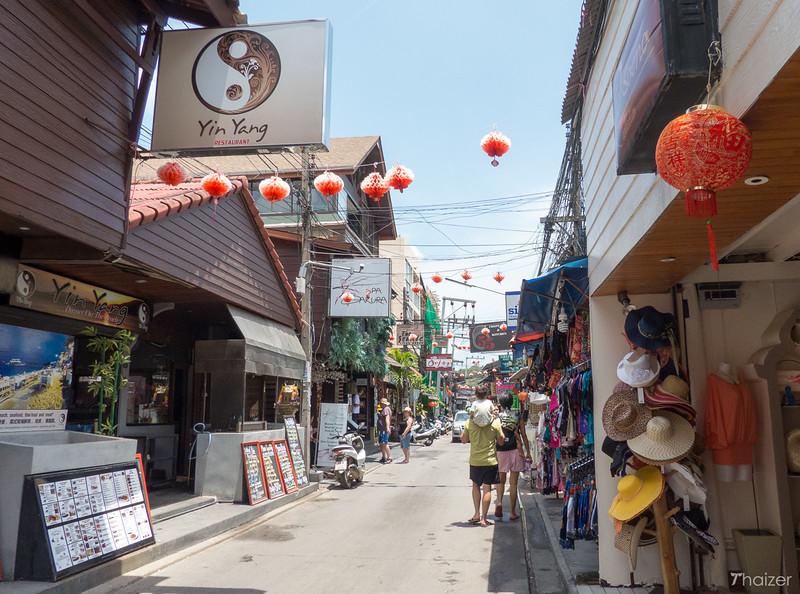
Much has changed at the Fisherman’s Village over the years because it’s tourism and not fishing which drives the local economy now. If you come here expecting to see a quaint Thai fishing village with fishermen repairing nets by the quayside and locals carrying on life as they did a hundred years ago, you’re going to be disappointed. But the Fisherman’s Village is still an interesting and pleasant part of the island and worth a visit. Bophut enjoys its own identity and a different vibe to busier beach areas like Chaweng and Lamai making it a good choice for those looking to stay in a quiet and relaxed location for their stay on Ko Samui.
Prices for taxis and songthaews on Ko Samui can vary greatly, so prices will depend on your bargaining skills, the time of day and the mood of the driver. As a rough guideline, expect to pay 400 Baht for a taxi from Chaweng to Bophut. From Lamai you are looking at 600 Baht. If you’re by yourself or there are just two of you, try to flag down a songthaew although they’re still likely to charge at least 100 baht per person for the 15-minute ride from Chaweng to Bophut. On Friday evenings when the walking street market is held, fares to and from Bophut can be slightly higher although there should be no shortage of vehicles willing to take you.
Check prices & availability for accommodation in Bophut, Ko Samui »